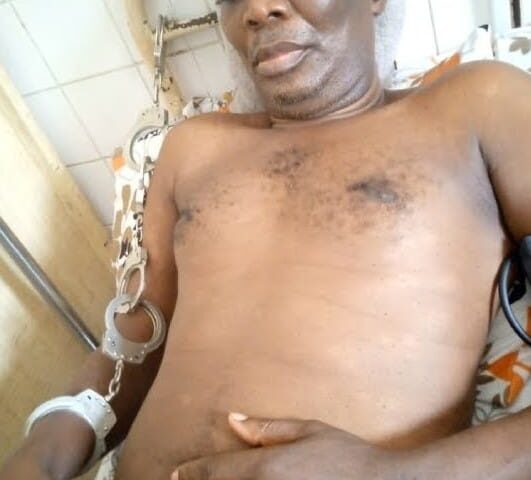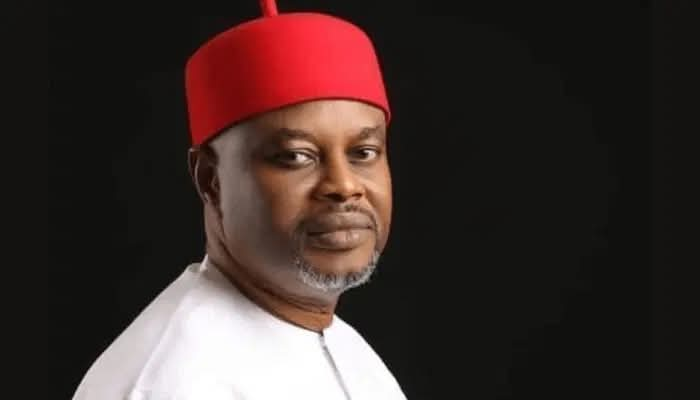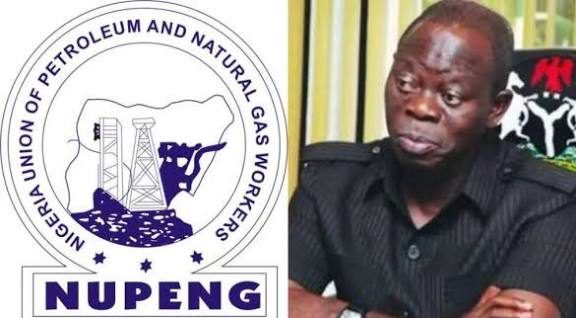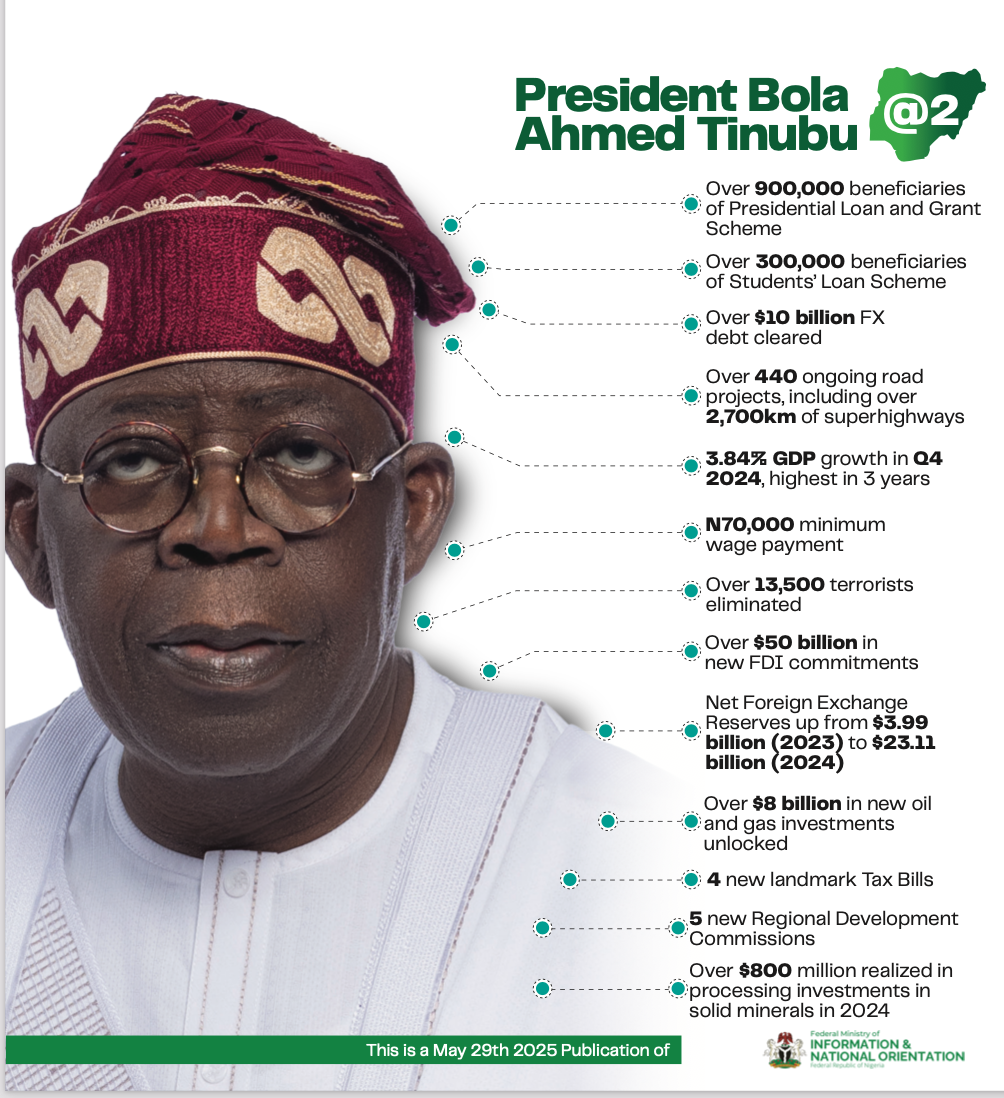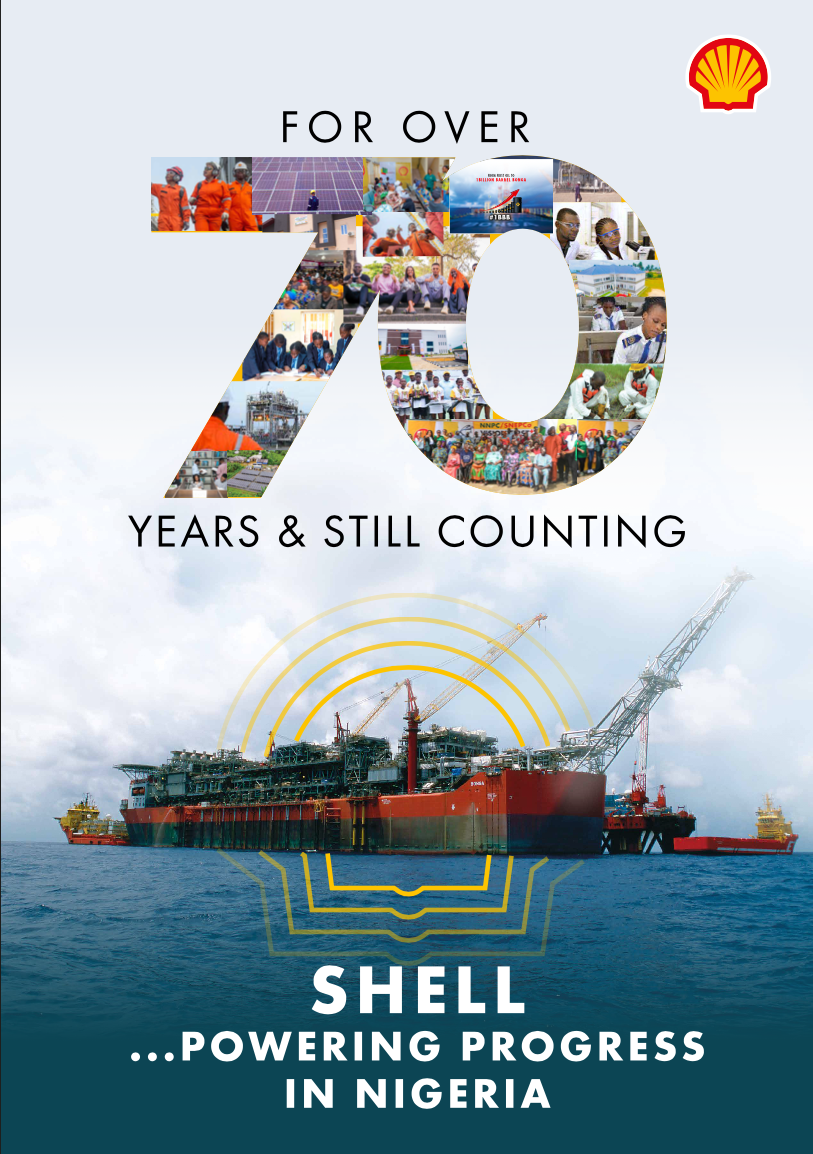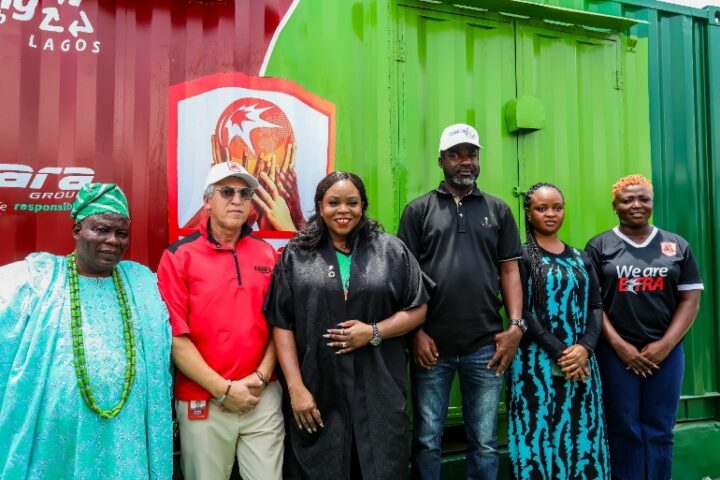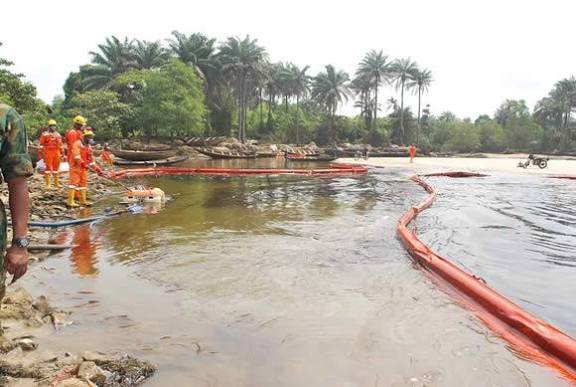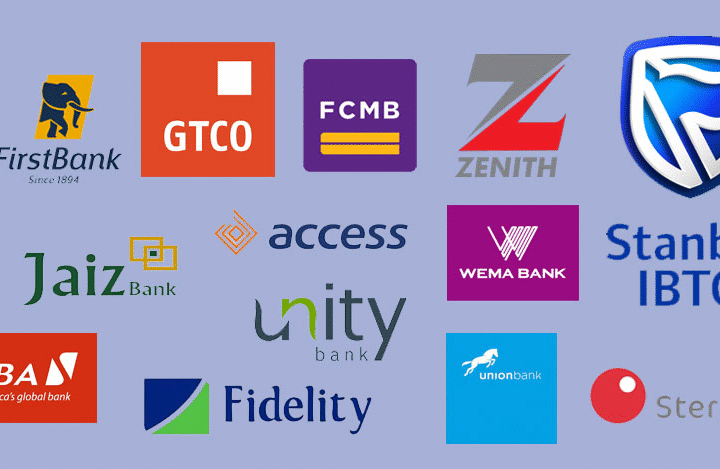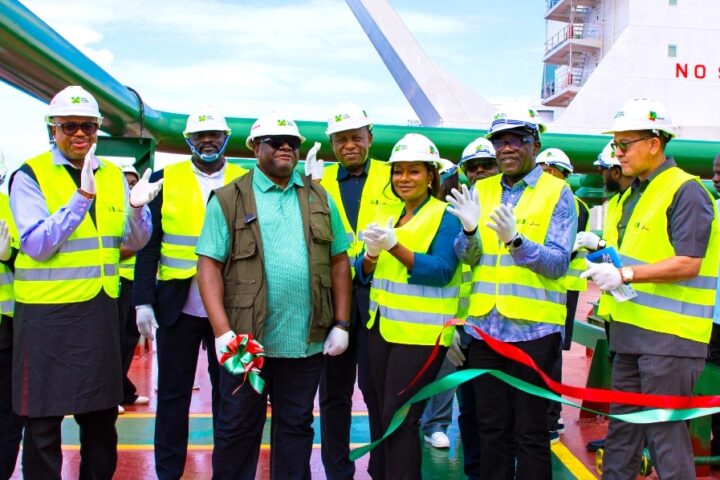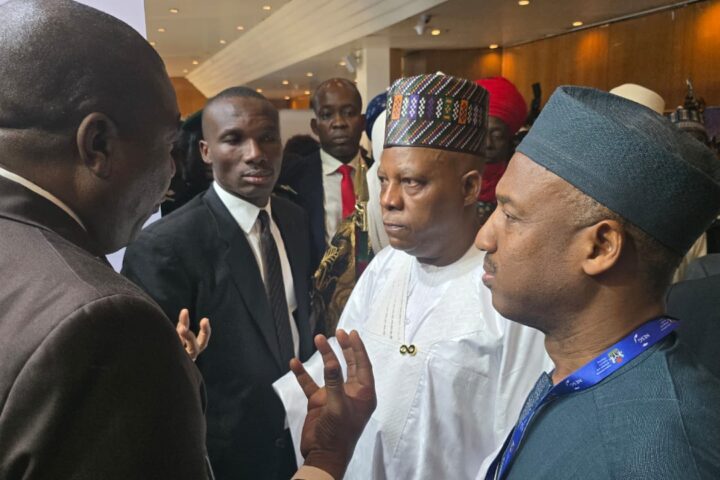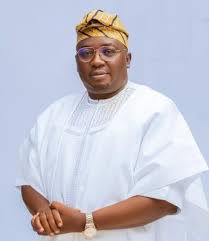Nigeria’s economy is on the right path of recovery, Dr. Sanusi Lamido, Emir of Kano and former Governor of the Central Bank of Nigeria (CBN) has said.
Lamido, who stated this at the 31st Nigerian Economic Summit(NES#31) in Abuja on Tuesday evening.
He commended the Central Bank of Nigeria for stabilising the country’s economy through various measures and initiatives.
He spoke at the 31st Nigerian Economic Summit(NES#31) in Abuja on Tuesday,where he also said the apex bank has used the last one year to stabilise the economy.
Lamido, who was one of the panelists at the Planery Session, entitled, “Breaking Barriers–The Poverty Exit Strategy” said “At the moment, as far as monetary policy is concerned, I have nothing but positive words for what the CBN has done.
“We are coming from a background of a very high level of instability as a result of loose money and uncontrolled money supply and the CBN has taken the last one year to mop up all the money.
“Inflation is coming down, is still at 20%, still very high, but it is coming down from the very high level of a few years ago.
“This is the first time in a long time that the economy is growing faster than the population. Nigeria is on the right path.”
Speaking on the fiscal policy, Sanusi maintained that the country had an improvement in revenue collection, but it is still spending too much money on governance, too many appointees, too many officials, huge money on subsidies that do not reach the people.
On how to tackle poverty in Nigeria, the Emir of Kano, called for a grassroots-driven, data-based framework to tackle poverty in the rural communities.
He sought the active involvement of traditional institutions to tackle poverty at the grassroots.
A sustainable solution to poverty must begin at the community level through existing traditional structures, he said.
He cited an example with his domain on how traditional leaders could play significant role to tackle poverty.
He said: “Let me start with the role of the traditional institutions and how we can fit into these poverty alleviation programmes in general.
“If you take my emirate, we have 44 Local Government Areas, made up of 36 district heads. Every district has village heads and every village head has ward heads under him.
“These people live in villages, they live in rural areas, they live in wards. They don’t live in Abuja or Lagos.
“So in terms of having men on ground and feet on the ground, the traditional structures are there.”
He emphasized the need to empower traditional institutions with data, technology, and clearly defined roles could make poverty alleviation more efficient and sustainable at the grassroots level.
“The question is how do you power these structures and how do you incorporate them into development initiatives?” Sanusi said.
The former Governor of the Central Bank decried a situation where billions of naira has been spent in poverty intervention programmes, yet Nigeria’s poverty rate and malnutrition indicators still remain very high.
He said: “Every year we publish numbers. A lot of money has gone into malnutrition — World Bank, UNICEF, Gates Foundation — but every year the numbers come up and they’re just increasing. Why? Because I think we’re not doing the right thing.”



